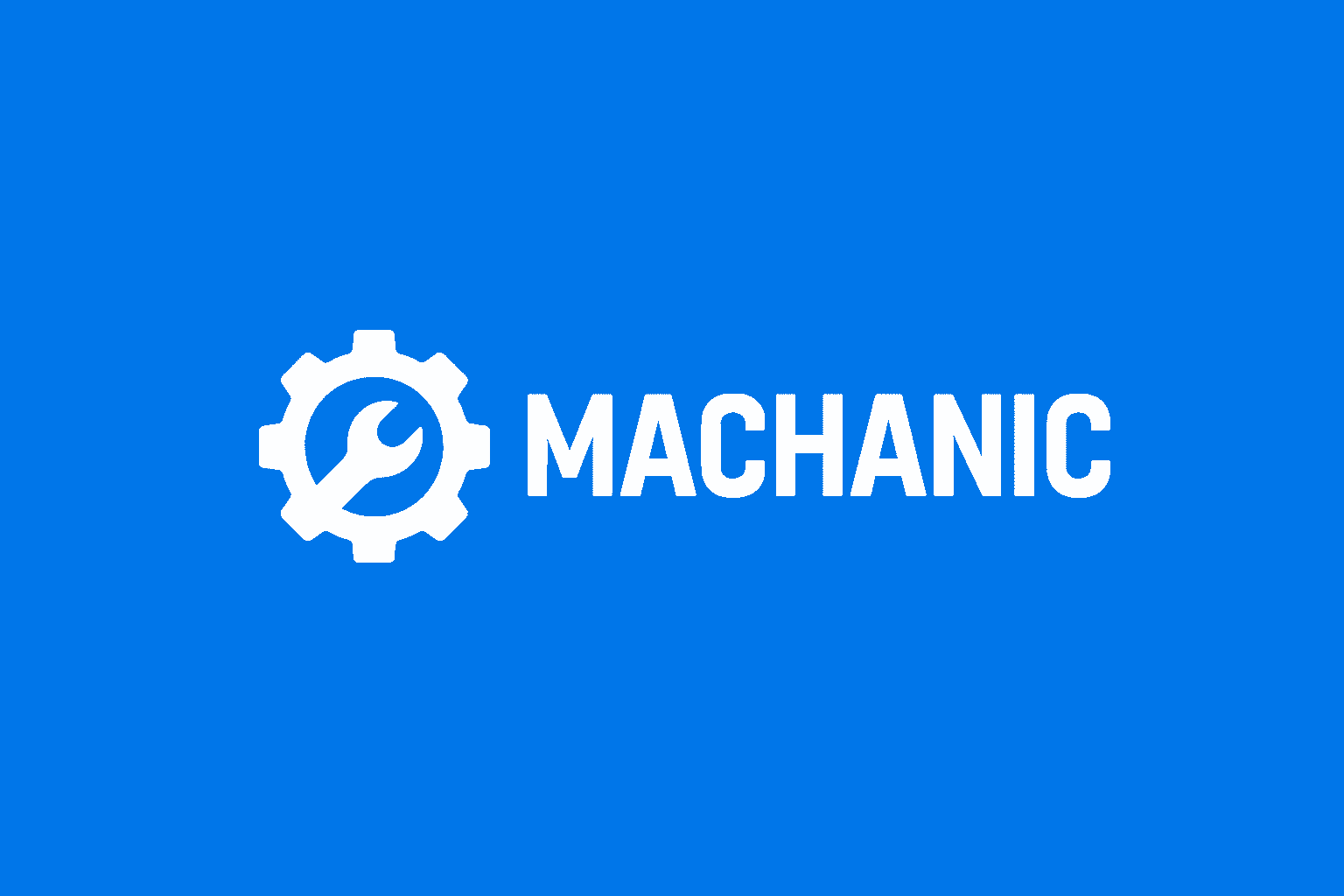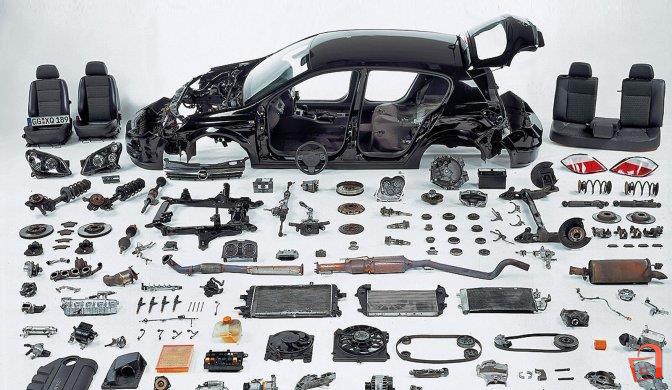The heart of a Toyota isn’t just its legendary reliability; it’s the potential waiting to be unlocked. For many owners of Tacomas, 4Runners, Tundras, and more, the dream of significant power gains leads to one pivotal question: to supercharge or not to supercharge? But the decision doesn’t stop there. The real fork in the road is choosing between the official, factory-blessed path of a TRD (Toyota Racing Development) supercharger and the vast, innovative world of aftermarket options.
This isn’t merely a choice between two brands. It’s a choice between philosophy, priority, and ultimate goal. Do you prioritize unwavering warranty security and seamless integration, or are you chasing maximum horsepower, customization, and often, a more accessible price point? Making the wrong choice can lead to frustration, financial loss, and a vehicle that doesn’t meet your expectations.
This definitive guide will dissect every aspect of the TRD vs. Aftermarket debate. We’ll explore the engineering, the costs, the legal nuances, and the performance outcomes to empower you with the knowledge needed to make the perfect decision for your build, your budget, and your driving dreams.
Understanding the Contenders: A Tale of Two Philosophies
Before we compare, we must understand what each option truly represents.
TRD: The OEM Guarantee
Toyota Racing Development is Toyota’s in-house performance division. A TRD supercharger isn’t an accessory; it’s a Genuine Toyota Part. This is crucial. It was designed alongside the engine engineers who created your vehicle. Every component—from the Eaton TVS rotor pack to the custom ECU calibration—is developed to work in perfect harmony with your Toyota’s existing systems without compromising its fundamental reliability. It is the definition of a “plug-and-play” system, offering a predictable, factory-level power increase that Toyota stands behind.
Aftermarket: The World of Possibility
The term “aftermarket” encompasses a huge range of companies, from small specialized shops to large, renowned manufacturers like Magnuson, Edelbrock, and Whipple. Their goal is not just to match the OEM but often to exceed it. Aftermarket kits are born from a culture of performance innovation, often utilizing newer technology, offering higher boost levels, and providing support for a wider array of vehicles, including older models Toyota no longer supports. This path offers more power and customization but requires more research and understanding from the owner.
Head-to-Head: The Critical Comparison Factors
Let’s break down the decision into the key factors that matter most to an owner.
1. Power & Performance: The Numbers Game
- TRD: The power gains from a TRD supercharger are conservative, predictable, and, most importantly, safe. For example, the TRD kit for the 3.5L V6 in the Tacoma and 4Runner produces a reliable 70-80 horsepower and 60-70 lb-ft of torque gain at the wheels. The tune is designed to be emissions-legal in all 50 states and to preserve the engine and transmission for the long haul. The power delivery is linear and smooth, feeling like a natural extension of the factory powerband.
- Aftermarket: This is where aftermarket kits often shine. It’s not uncommon for a well-tuned aftermarket Toyota Supercharger kit from a top brand to produce 100-150+ additional horsepower on the same engine. Companies push the boundaries with larger intercoolers, more aggressive pulley sizes, and custom tuning that extracts every last drop of power. However, with great power comes great responsibility—this extra stress requires a more diligent approach to maintenance and supporting mods.
Winner for Peak Power: Aftermarket. If your goal is all-out horsepower, the aftermarket provides a clear path.
2. Cost: The Initial Outlay vs. The True Investment
The sticker price is only part of the story.
- TRD: Prepare for a significant investment. A new TRD supercharger kit often carries an MSRP of $6,000 – $8,000+ for the parts alone. Professional installation at a Toyota dealership is highly recommended (and often required to preserve the warranty), adding another $2,000 – $3,500. Your total investment can easily approach $10,000.
- Aftermarket: Pricing is more variable. A high-quality, complete kit from a reputable brand like Magnuson can be very similar in price to a TRD kit. However, the competitive aftermarket space also offers more affordable options. The key differentiator is that you may have more flexibility with installation. A skilled independent shop might install it for less than a dealership, or a confident DIYer could tackle the project themselves, saving thousands.
Winner for Lower Initial Cost: Aftermarket (due to flexibility and competition). However, a top-tier aftermarket kit will be priced similarly to TRD.
3. Warranty & Legality: The Peace of Mind Factor
This is the most significant advantage for TRD and a major point of confusion for the aftermarket.
- TRD: This is its killer feature. When purchased and installed by an authorized Toyota dealership, a TRD supercharger often comes with a 2-year/36,000-mile warranty from Toyota. Crucially, it typically does not void your vehicle’s existing factory warranty. This is an immense value and a huge relief for owners who are risk-averse. Furthermore, it is certified to be 50-state emissions legal, meaning you’ll have no issues passing smog tests.
- Aftermarket: The warranty landscape is complex. Most reputable companies offer a solid warranty on their parts (e.g., 3 years on the supercharger unit itself). However, they cannot offer a warranty on your engine. If your engine fails and the dealership can trace the cause back to the supercharger or its tune, they may deny warranty coverage on the affected components. The Magnuson-Moss Warranty Act protects you to an extent, but it can be a battle. Furthermore, while many kits are 50-state legal (referred to as “CARB EO certified”), many are not. You must verify this before purchase.
Winner for Warranty & Legality: TRD, unequivocally. It offers a level of security the aftermarket cannot match.
4. Installation & Compatibility: Plug-and-Play vs. Potential Puzzles
- TRD: The installation process is meticulously documented by Toyota. Every bracket, bolt, and hose has a designated place. For a Toyota master technician, it’s a straightforward procedure. The included ECU flash is pre-calibrated and simply uploaded. The compatibility is guaranteed for the specific model years it’s designed for.
- Aftermarket: While many kits are excellent, the installation experience can vary. Some are every bit as seamless as the TRD kit. Others might require minor modifications, additional parts, or more complex tuning sessions. The advantage is that aftermarket companies often support older vehicles (e.g., a 1st Gen Tundra or an FJ Cruiser) that TRD has long abandoned.
Winner for Ease of Installation: TRD for its flawless, no-guesswork integration.
The Decision Matrix: Which Path is Right for You?
Your perfect choice depends entirely on your profile as an owner.
Choose the TRD Supercharger if:
- Warranty is Your Top Priority: Your vehicle is new or still under factory warranty, and you cannot afford to void it.
- You Value Absolute Reliability and Safety: You want a power increase that won’t question your truck’s legendary longevity. You trust Toyota’s engineers above all others.
- Emissions Compliance is Non-Negotiable: You live in California or another state with strict emissions testing and need a guaranteed CARB-legal solution.
- You Prefer the Dealer Experience: You want the work done by a certified Toyota technician using only genuine parts.
Choose an Aftermarket Toyota Supercharger if:
- You Want Maximum Power: Your primary goal is to extract the highest possible horsepower and torque from your engine.
- Your Vehicle is Out of Warranty: This opens up a world of possibilities without the fear of voiding a warranty you no longer have.
- You Own an Older or Unsupported Model: You drive a vehicle that TRD never made a kit for.
- You Are a DIY Enthusiast or Have a Trusted Independent Shop: You want to potentially save on installation costs or enjoy the hands-on process of the build.
- You Value Customization: You plan to build a custom rig and may want to pair your supercharger with other performance mods like long-tube headers or a custom cam, which would require a custom tune regardless.
Conclusion: There is No “Better,” Only “Better For You”
The debate between TRD and aftermarket superchargers isn’t about crowning a universal winner. It’s about aligning your choice with your personal calculus of risk, reward, and requirement.
The TRD supercharger is the safe harbor. It’s the guaranteed, worry-free ticket to a meaningful power boost, backed by the full faith and credit of the Toyota brand. It’s for the owner who loves their Toyota for what it is—reliable, capable, and trustworthy—and simply wants a “more” of that without altering its core identity.
The aftermarket supercharger is the open sea. It represents freedom, potential, and the pursuit of ultimate performance. It’s for the enthusiast who sees their vehicle as a platform for modification, who is comfortable with more complex trade-offs, and whose goal is to build a unique machine tailored to their specific vision.
Whichever path you choose, do your research. For the TRD path, build a relationship with a knowledgeable dealership. For the aftermarket path, your due diligence is even more critical. Choose a kit from a manufacturer with a sterling reputation, proven results, and a commitment to quality and support. Your dream of boosted power is within reach; you just need to pick the right road to get there.
Disclaimer: Always verify the latest warranty information directly with Toyota and your dealership. Performance gains are estimates and can vary. Professional installation and tuning are critical for safety and reliability, especially for aftermarket systems. Ensure any modification complies with local laws and regulations.



